The New Tower of Babel: Why Texas Aerospace Needs a Universal Translator
Texas has built an incredible aerospace ecosystem, but everyone's speaking different languages. Here's how we're creating a unified voice for the future of space.
The story of the Tower of Babel tells of people who couldn't understand each other because they all spoke different languages. Today, Texas faces a similar challenge in aerospace - not with spoken languages, but with the distinct vocabularies of industry, government, academia, and military stakeholders who often struggle to connect despite shared goals.
Walk into any aerospace conference in Texas, and you'll witness this modern Tower of Babel firsthand. The SpaceX engineer discusses payload integration using technical specifications. The Texas A&M researcher presents findings in academic terminology. The state legislator focuses on economic impact metrics. The Air Force contracting officer speaks in acquisition language. All brilliant minds, all working toward Texas aerospace leadership, but often missing opportunities for collaboration because they can't quite translate between their professional dialects.
This communication gap isn't just academic - it's costing Texas real business development opportunities.
The Cost of Fragmentation
Texas aerospace is booming. We have SpaceX revolutionizing space travel from Brownsville, Blue Origin pioneering space tourism from Van Horn, and Firefly Aerospace expanding manufacturing in Central Texas. NASA's Johnson Space Center remains mission control for humanity's greatest adventures. The Texas Space Commission just allocated $47.7 million in grants to accelerate commercial space development.
But here's what's happening too often: A aerospace startup in Austin doesn't know about the relevant research happening at Texas A&M. A defense contractor in Fort Worth isn't aware of the state funding programs that could accelerate their growth. A legislator making policy decisions doesn't have clear visibility into which companies in their district would benefit most from proposed aerospace legislation.
These aren't failures of intelligence or initiative—they're symptoms of an ecosystem that's grown so rapidly that the connecting tissue between sectors hasn't kept pace.
Enter the Texas Space Navigator
This is why we, Texas Aerospace Partnership, launched an AI-powered chatbot called the Texas Space Navigator that serves as a universal translator for our aerospace ecosystem.
Ask it "Who are SpaceX's biggest suppliers in Texas?" and it doesn't just give you a list, instead it explains the supply chain relationships, identifies potential partnership opportunities, and suggests relevant contacts. Ask "What grants are available for satellite technology companies?" and it walks you through SEARF funding, JETI incentives, and connects you with the right application resources.
The Texas Space Navigator isn't just a search engine: it's a business development tool designed to turn fragmented ecosystem knowledge into actionable connections and opportunities.
Bridging the Professional Divide
Consider a typical scenario: A Texas legislator wants to understand the aerospace industry's priorities to craft supportive policy. Today, this might involve scheduling meetings with various stakeholders, reading industry reports, and trying to synthesize different perspectives into coherent policy direction.
With the Texas Space Navigator, that same legislator can ask: "What are the biggest challenges facing aerospace companies in my district?" and receive a comprehensive answer that includes specific companies, their needs, relevant workforce development programs, and potential policy solutions. Texas Space Navigator bridges the gap between technical industry knowledge and policy-making language.
Similarly, an aerospace company considering Texas for expansion can ask: "What incentives are available for aerospace manufacturing, and which Texas regions have the strongest talent pipeline?" The response provides not just program details, but connects them to relevant academic institutions, workforce development programs, and contacts who can facilitate their decision-making process.
Looking Beyond Texas
The Texas Space Navigator also serves a strategic purpose for Texas economic development. When aerospace companies from other states consider relocating or expanding, they often struggle to understand the full scope of Texas's aerospace ecosystem. Our AI tool can provide comprehensive insights that help them make informed decisions about joining our aerospace community.
For example, a California aerospace company might ask: "What's the regulatory environment like for commercial space launches in Texas?" The response explains not just current regulations, but ongoing policy initiatives, relevant contacts at the Texas Space Commission, and examples of how other companies have successfully navigated the process.
Join the Conversation
Texas aerospace's future depends on our ability to work together across industry, government, academia, and military sectors. The Tower of Babel teaches us that ambitious projects require clear communication and coordinated effort.
We invite you to experience the Texas Space Navigator and help us build the communication infrastructure that will drive Texas aerospace leadership for decades to come. Test it with your toughest questions. Share your feedback. Help us prove that when Texas aerospace speaks with one voice, that voice can be heard across the galaxy.
Ready to explore the Texas Space Navigator? Visit taptx.space to start your conversation with the future of aerospace ecosystem intelligence.
